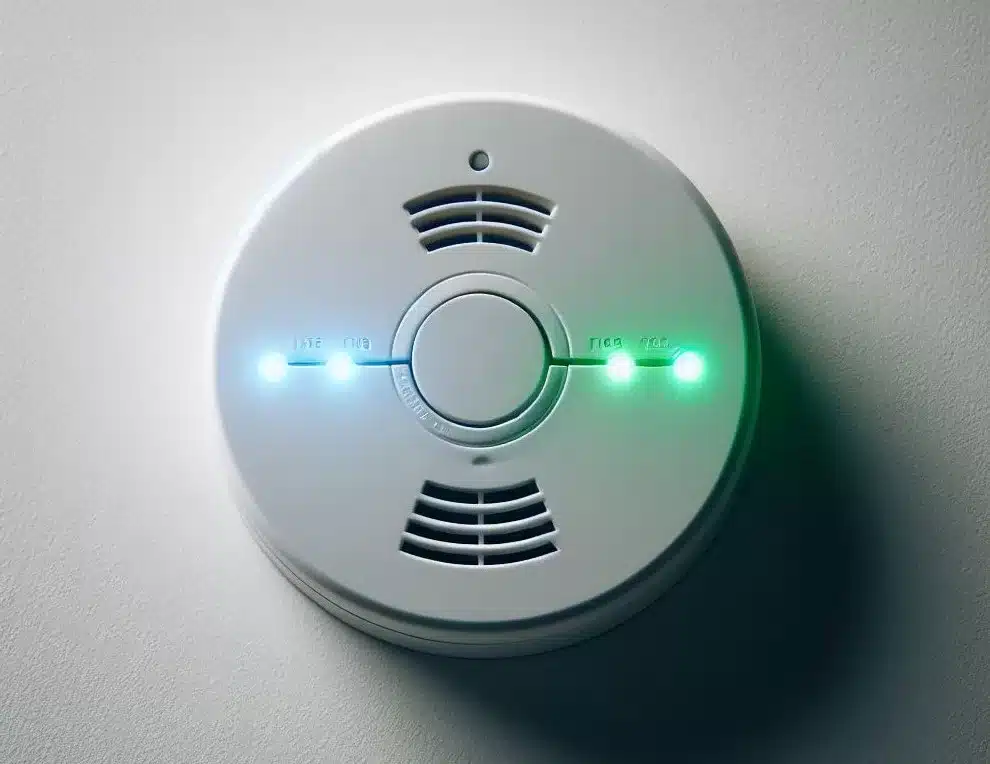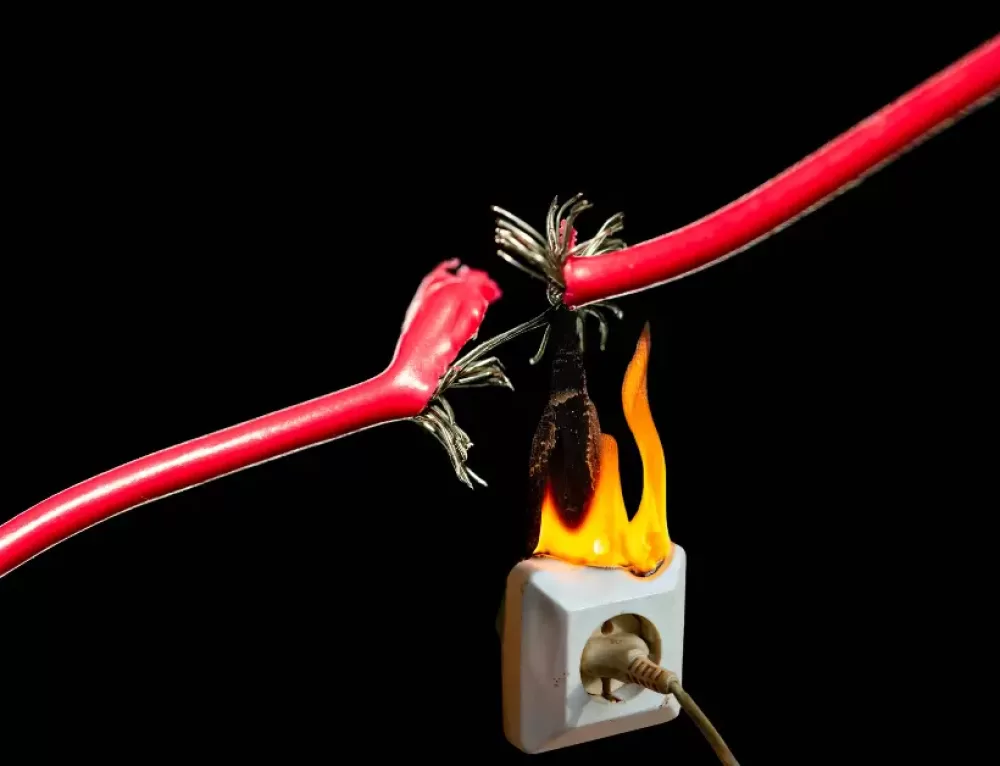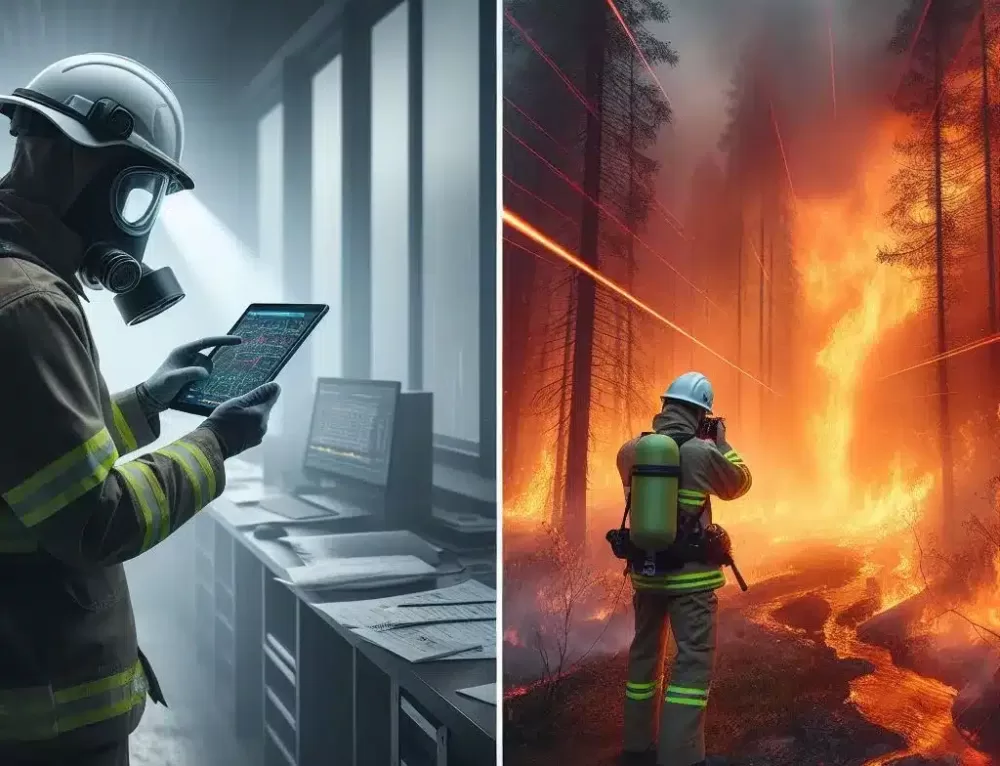We often overlook them, tucked away on ceilings or blending into corners. But when it comes to protecting our lives and homes, few things are as crucial as the humble smoke detector. These silent guardians stand watch, ready to raise the alarm at the first hint of danger. Today, we delve into the world of smoke detectors, exploring their types, technology, and critical role in fire safety.

Smoke Detectors Pricing:
Prices can vary depending on the smoke detector type, features, and brand. Basic battery-powered models start around $10, while more advanced interconnected or smart detectors can reach $50+. Remember, cheap isn’t always cheerful; invest in a reliable brand for optimal protection.
Types:
- Ionization: Sensitive to flaming fires, these are common and affordable. However, they can trigger false alarms from cooking smoke.
- Photoelectric: Better at detecting smoldering fires, these are ideal for bedrooms and areas with the potential for slow-burning hazards.
- Dual-sensor: Combining both technologies, these offer the best of both worlds but come at a slightly higher price.
sensors:
The brains of the operation detect smoke particles using different methods:
- Ionization: Radioactive material ionizes air molecules, and smoke disrupts the flow, triggering the alarm.
- Photoelectric: A light beam is monitored, and smoke particles scattering the beam trigger the alarm.
working principle:
Smoke detectors, those unassuming guardians on our ceilings, use different technologies to detect the presence of smoke, triggering alarms to warn us of potential fire danger. Here’s a breakdown of the two main types and their working principles:
1. Ionization Smoke Detectors:
- Inside a chamber, tiny amounts of radioactive material, like americium-241, ionize air molecules, creating a flow of electric current.
- Smoke enters the chamber. Smoke particles disrupt the ionized air, reducing the current flow.
- A drop in current triggers the alarm. The sudden decrease in current signals a potential fire danger, and the alarm sounds.
2. Photoelectric Smoke Detectors:
- Light beam and sensor: A light beam shines within the chamber, aimed towards a sensor on the opposite side.
- Smoke scatters the light. When smoke particles enter the chamber, they scatter the light beam.
- Scattered light hits the sensor: The sensor detects the scattered light, which indicates smoke, and triggers the alarm.
DIY Smoke Detector Project:
While building your smoke detector isn’t recommended for primary protection, it can be a fun educational project to understand the technology. Numerous kits, fire safety tips, and online guides are available, providing hands-on learning about electronics and fire safety.
Smoke Detector Distance:
Ideally, place detectors within 10 feet of every bedroom door and on each level of your home, including hallways and basements. Ensure they’re at least 4 inches from corners and avoid areas with potential for false alarms, like kitchens and bathrooms.
Remember:
- Test your smoke detectors monthly! Every chirp counts.
- Replace batteries annually and the entire detector every 10 years.
- Have an escape plan and practice drills with your family.
Smoke detectors are more than just gadgets; they’re lifesavers. By understanding their types, technology, and maintenance needs, you can ensure these unsung heroes are always ready to protect you and your loved ones. Stay informed, stay alert, and stay safe!





